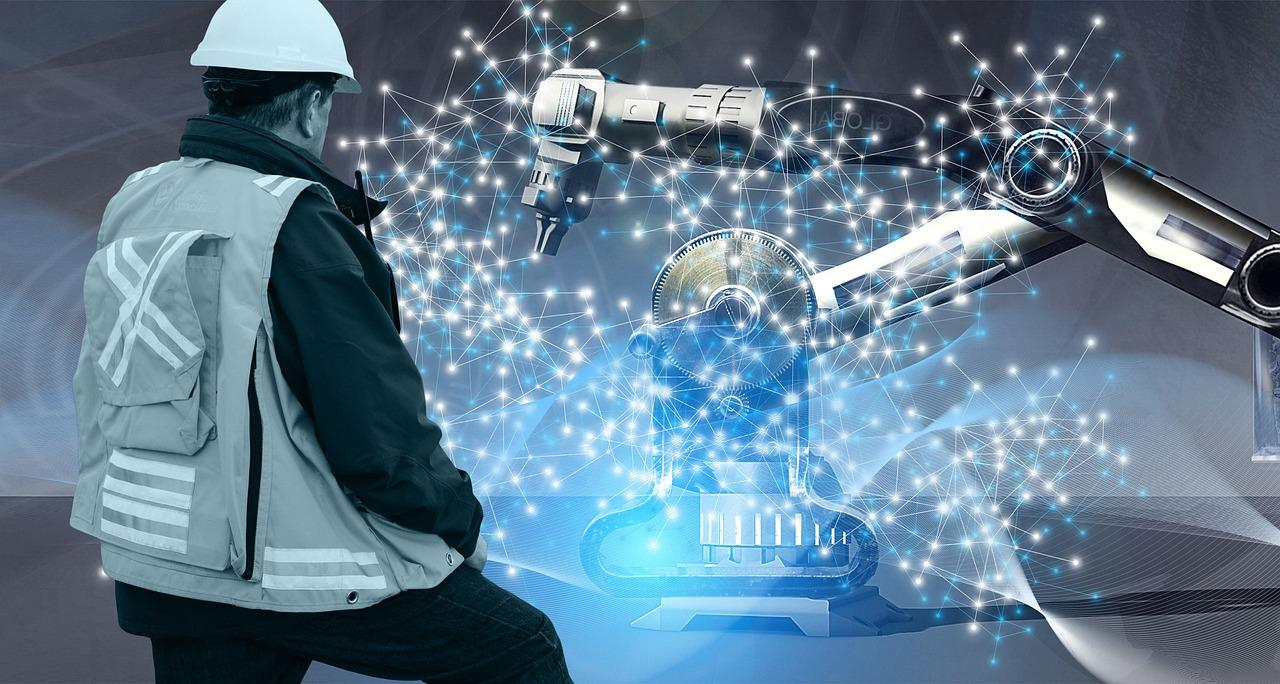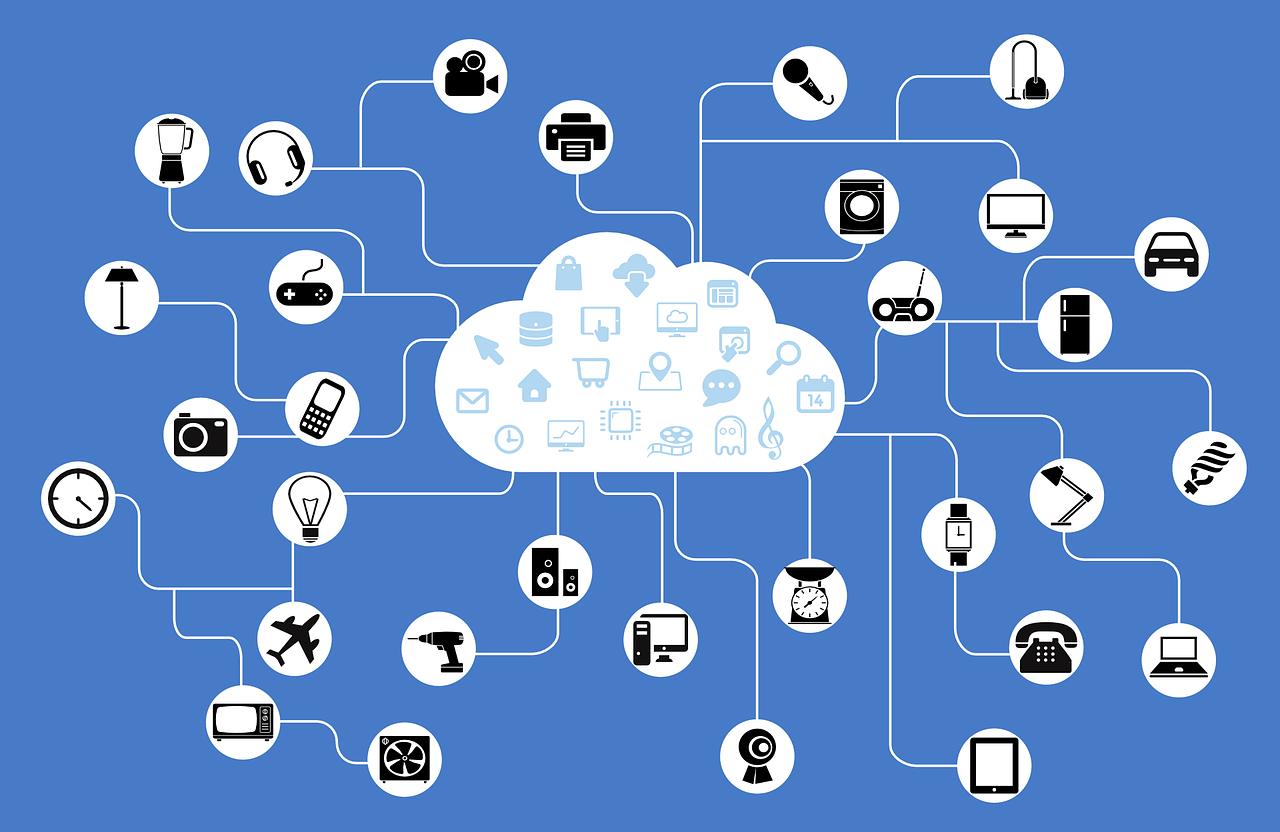The Internet of Things, or IoT, refers to the growing network of physical devices that are connected to the internet. These devices can include everything from phones and computers to home appliances and vehicles.
IoT devices are able to collect and share data, which can be used to improve efficiency and productivity.
While the concept of IoT is not new, the term itself is. It was coined in 1999 by Kevin Ashton, a British technology pioneer. Ashton was working on a project at the time that involved connecting RFID tags to objects in order to track them. He realized that this same technology could be used to connect other objects to the internet, which would allow for better data collection and analysis.
IoT has since become one of the hottest topics in the tech world. With the ever-growing number of connected devices, it’s expected that IoT will continue to grow in popularity.
IoT: Potential and Risks
Many believe that IoT will eventually revolutionize the way we live and work (and in fact, it already has in many ways).
For example, imagine a world where your fridge could automatically order groceries when it runs low. Or a world where your car can drive itself. While these examples may seem far-fetched, they are not impossible with IoT technology.
As the IoT grows, so do the privacy and security concerns. Since IoT devices collect and share data, there is a risk that this data could be hacked or used without our knowledge. There are also concerns about who owns this data and how it will be used. These are important issues that need to be addressed as the IoT continues to grow.

Despite the concerns, the potential benefits of IoT are too great to ignore. With proper security measures in place, IoT has the potential to improve our lives in many ways.
For example, IoT can help us become more efficient and productive. It can also help us save money, time, and resources.
IoT is still in its early stages, but it has already begun to transform the way we live and work. As the technology continues to evolve, we can expect even more amazing applications from the top IoT companies and IoT itself in the future.
And as it continues to grow and evolve, so too do the trends that are shaping its development. Here are five key IoT trends to watch out for in 2022
General IoT trends
IoT grows, evolves, and has already changed how we live – and it’s far from done. Below are some general trends we can expect to see emerge in 2022.
Continued increased connectivity between devices
One of the major trends driving the growth of the IoT is increased connectivity between devices. This is being made possible by the development of technologies such as 5G and Bluetooth Low Energy (BLE).
More AI-powered devices
Another trend that is set to shape the IoT in 2022 is the increasing adoption of artificial intelligence (AI). AI is being used to power a range of new IoT devices, from smart home assistants to autonomous vehicles.

Greater focus on security
As the IoT continues to grow, so too does the need for improved security. This is becoming an increasingly important issue as more and more devices are connected to the internet.
More use of data analytics
Increasing use of data analytics. This is being used to help organizations make better decisions about how to manage their IoT devices and networks.
Data analytics is the process of extracting valuable insights from data. It can be used to improve decision-making, optimize processes, and predict outcomes. And with the help of IoT, we can now collect more accurate and comprehensive data than ever before.
Increased use of edge computing
Increased use of edge computing. This is a type of computing that takes place at the edge of the network, closer to the devices that are being used.
Edge computing is a new type of computing that allows data and applications to be processed closer to the data source, or “edge,” rather than in a central location. This can be done either through on-premises hardware or via a cloud-based solution.
Edge computing has many benefits, including improved performance, reduced latency, and increased security. In addition, edge computing can help organizations save money by reducing the need for expensive infrastructure and bandwidth.
IoT Trends in Different Fields and Industries
Furthermore, IoT can be found in almost every industry. Indeed, a global trend for 2022 is the growing adoption of IoT in multiple different industries.
Increased adoption of IoT in healthcare
IoT is already being used in healthcare in a number of ways, such as in medical devices and wearables. This trend is expected to continue to grow in the coming years, as more and more hospitals and other healthcare organizations adopt IoT technology.
Some of the potential applications of IoT in healthcare include remote patient monitoring, drug adherence, and clinical decision support.
Growth of precision agriculture
Precision agriculture is a type of agriculture that makes use of IoT technology to increase yields and decrease inputs. This trend is expected to grow in the coming years, as more farmers adopt IoT-based solutions.
Some of the potential applications of precision agriculture include real-time monitoring of crops, soil, and weather conditions; automated irrigation; and targeted use of pesticides and other inputs.
Expansion of the industrial Internet of things
The industrial Internet of things (IIoT) is a term used to describe the use of IoT technology in manufacturing and other industrial settings. This trend is expected to grow in the coming years, as more manufacturers adopt IIoT solutions.
Some of the potential applications of IIoT include predictive maintenance, quality control, and asset tracking.
IIoT can be used to track and monitor the performance of industrial equipment. This data can be used to improve maintenance schedules, predict failures, and improve overall efficiency.
Increased use of IoT in smart cities
IoT and smart cities are two terms that are often used interchangeably, but they actually refer to two different concepts.
IoT, or the Internet of Things, refers to the network of physical devices, vehicles, home appliances, and other items that are connected to the Internet and can collect and exchange data.
Smart cities, on the other hand, are urban areas that use technology and data to improve the efficiency of city operations and services.
IoT can play a major role in smart cities by providing the data that is necessary to make informed decisions about city operations.
For example, sensors attached to trash cans could collect data about how full they are throughout the day. This information could then be used to optimize garbage collection routes so that the cans are emptied more frequently and there is less garbage on the streets.
IoT can also be used to improve public safety. For example, cameras equipped with facial recognition software could be used to identify criminals or missing persons. And smart streetlights could be used to detect and report crimes or accidents.
Growth of the wearable technology market
The wearable technology market is expected to grow significantly in the coming years, as more consumers adopt wearable devices. This trend is being driven by the increasing popularity of fitness trackers and other health-related wearables.
Increased demand for IoT security solutions
As the number of IoT devices grows, so does the need for security solutions that can protect these devices from attack. This trend is expected to grow in the coming years, as more organizations seek to secure their IoT networks.
Some of the potential applications of IoT security solutions include data encryption, device authentication, and intrusion detection.
Expansion of the IoT platform market
IoT platforms are software platforms that provide a way to manage and connect IoT devices. This trend is expected to grow in the coming years, as more organizations adopt IoT technology.
Some of the leading IoT platforms include AWS IoT, Google Cloud IoT, IBM Watson IoT, and Microsoft Azure IoT.
Growth of the connected car market
Connected cars are vehicles that are equipped with internet connectivity. This trend is expected to grow in the coming years, as more automakers offer connected car features.
Some of the potential applications of connected cars include real-time traffic information, remote diagnostics, and in-car entertainment.
Expansion of the IoT device market
The number of IoT devices is expected to grow significantly in the coming years. This trend is being driven by the increasing adoption of IoT technology in a variety of industries.
Increased investment in IoT infrastructure
As the number of IoT devices grows, so does the need for infrastructure to support them. This trend is expected to grow in the coming years, as more organizations and digital marketing agencies invest in IoT infrastructure.
Some of the potential applications of IoT infrastructure include data storage, data processing, and connectivity.
Conclusion
The Internet of Things (IoT) is expected to have a major impact on a variety of industries in the coming years.
This trend is being driven by the increasing adoption of IoT technology, which enables devices to be connected and controlled remotely.
Some of the potential applications of IoT include precision agriculture, smart city development, and connected car features.

